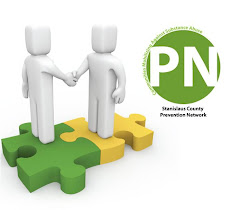Setting Up a Neighborhood Watch Program
 From Examiner.com - Launched in 1972, Neighborhood Watch is a crime prevention program joining citizens and law enforcement, with the citizens keeping a trained eye and ear on their communities to make them safe. The program, sponsored by the National Sheriff’s Administration (NSA), took off quickly: in just ten years, 12 percent of the population was involved in a Neighborhood Watch, according to NSA.
From Examiner.com - Launched in 1972, Neighborhood Watch is a crime prevention program joining citizens and law enforcement, with the citizens keeping a trained eye and ear on their communities to make them safe. The program, sponsored by the National Sheriff’s Administration (NSA), took off quickly: in just ten years, 12 percent of the population was involved in a Neighborhood Watch, according to NSA.
For valuable tips on how to start your own Neighborhood Watch Program click here.












